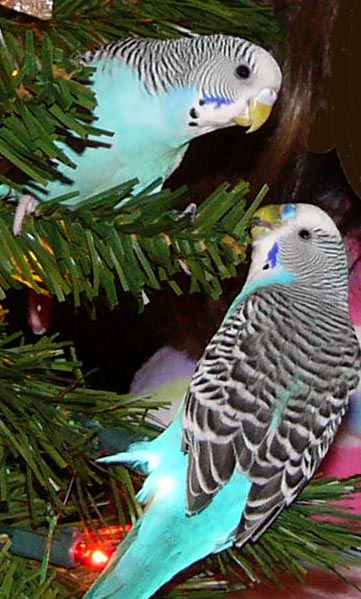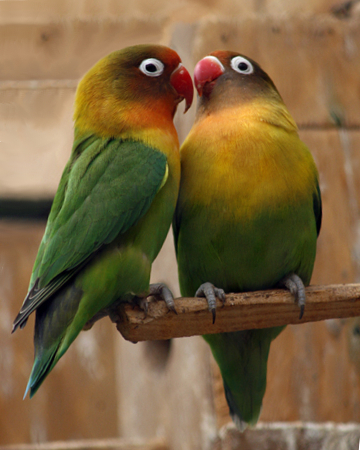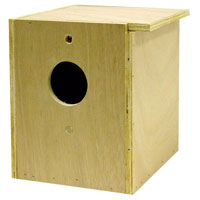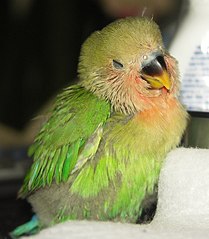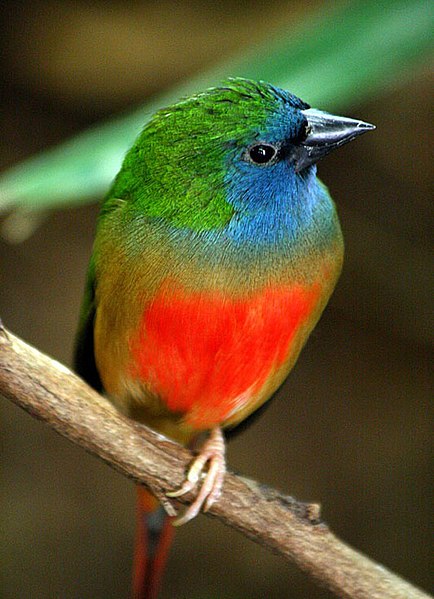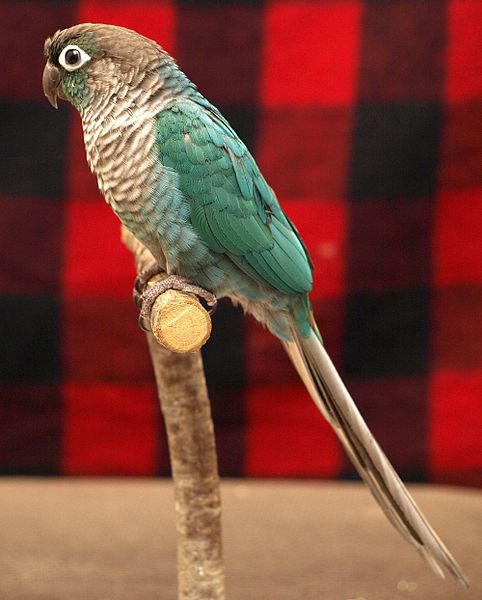Few bird-keeping experiences are more thrilling than watching your pets breed…or more frustrating than seeing them toss out their eggs or abandon the nest. Egg destruction and nest abandonment, rare in the wild, are quite common among pet birds of all types, including parrots, budgies, finches, canaries, lovebirds and others. While the reasons are often specific to individual bird species, some general considerations, including infertility, same-sex pairs, stress, and hormonal imbalances, apply to all commonly-kept birds.
Infertility
The production of infertile eggs is perhaps the most common reason that birds abandon their nests. This most commonly occurs after the parents have tended to the eggs for the entire incubation period (incubation periods vary among species, please post below for specific information). Generally, the incubating parent or parents simply stop sitting upon the eggs if they do not hatch on time. In some cases, the eggs will also be tossed from the nest (this typically happens among budgies, zebra finches and others that are able to re-nest quickly).
Infertility in either sex may be due to disease, age, genetic factors or, in some cases, a poor diet. Please post any specific questions below.
Same Sex Pairs
Same sex pairings are not at all unusual in captivity, and can be found among most species. However, they are most commonly seen in the highly social parrots, which include the lovebirds, cockatiels and parakeets (as parrot owners know, birds kept alone often treat their human companions as “mates”).
Birds that show little or no visible sexual dimorphism (differences in appearance), such as the various lovebirds, can be a real source of confusion to owners when same sex pairs form. This is also true for certain color phases of sexually-dimorphic species, as the distinguishing sex-based markings may be obscured.
Behaviors such as singing, grooming and mate-feeding can sometimes be used to distinguish the sexes in “difficult” species, but even these are not completely reliable.
Colony Breeding
Many finches (especially the popular zebra and society finches) nest in colony situations in the wild, and multiple pairs may breed even in relatively small cages. Some lovebirds and other small parrots also nest in close proximity to other pairs in their natural habitats.
No matter how large your cage or aviary, however, space for multiple breeding pairs will be far less than would be available in nature. Squabbles, stealing of nest material, destruction of others’ eggs, and even chick-killing are all too common when more than a single pair nests in the same enclosure. The stress of the situation can also cause parents to abandon their nests or hatchlings. There are ways to design cages and aviaries so as to limit these possibilities; please post below for further information.
Stress
From captive insects to mammals, a common reaction to stress is to cease breeding or to abandon/kill eggs and young. As many young, aspiring hamster breeders learn, the female will sometimes even consume her litter (which tends to dampen one’s enthusiasm for rodent-breeding!). A simplified explanation of this phenomenon may be stated as “why waste precious time and resources on young that may not survive in any event?”.
Breeding birds of all species generally maintain a heightened awareness of their surroundings. This applies even to long-term, otherwise handle-able pets, which may become flighty or aggressive when on the nest. Nesting birds may be upset by owners who check nests or candle eggs, noise, other pets, people passing near the cage and similar events. Consider the nighttime environment as well…light entering the room from outside, cats or raccoons peering in, and loud traffic can disturb birds, especially at this time (most need 12 hours of quiet darkness each night).

Uploaded to Wikipedia Commons by myfinchdotcom
Other Captive Conditions
General captive conditions can also be sources of stress. For example, young birds, even if technically able to reproduce, often fail in their first breeding attempts. Un-natural day/night cycles can affect the ebb and flow of hormones, so that individuals come into breeding condition at different times. This often results in aggression between birds that are otherwise compatible. The close confines of captivity may change natural behaviors, frustrating the birds and causing nest abandonment or aggression towards mates or chicks.
Some individuals, male and female alike, seem never to get the hang of nesting and/or rearing the young, even when conditions are ideal. Inbreeding has been proposed as one possible cause of this, but we still have much to learn.
Further Reading
 That Bird Blog – Bird Care and History for Pet Birds
That Bird Blog – Bird Care and History for Pet Birds

